japanese pagoda tree leaves
Green color holds until late fall and a little fall color develops. Flowers fall together in midsummer creating a fragrant blanket of white around the tree.
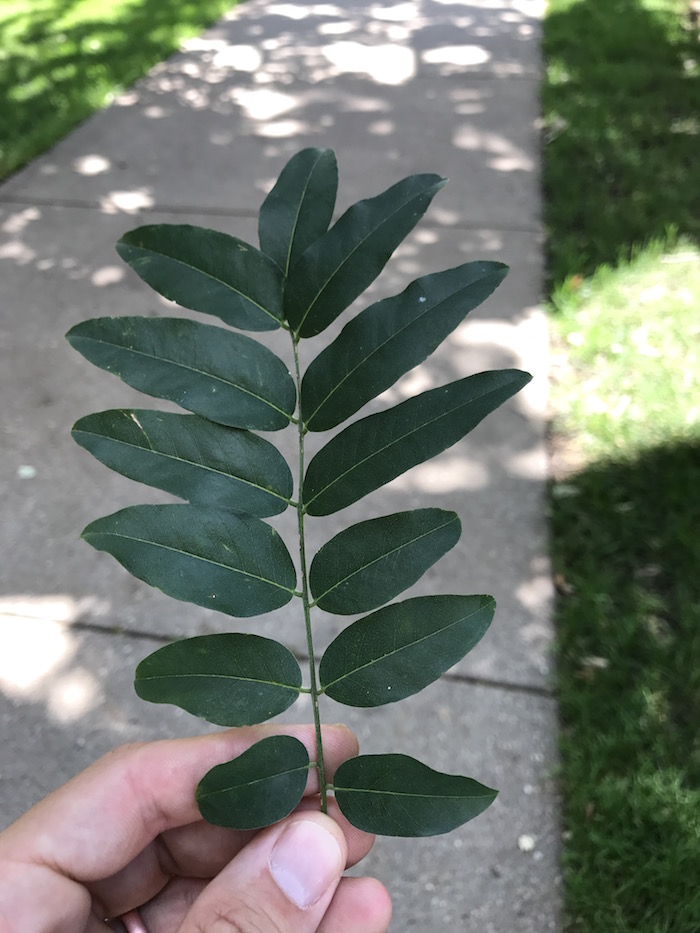
Japanese Pagoda Tree Campus Trees
Regent resistant to leafhoppers twig dieback and stem cankers in colder zones.
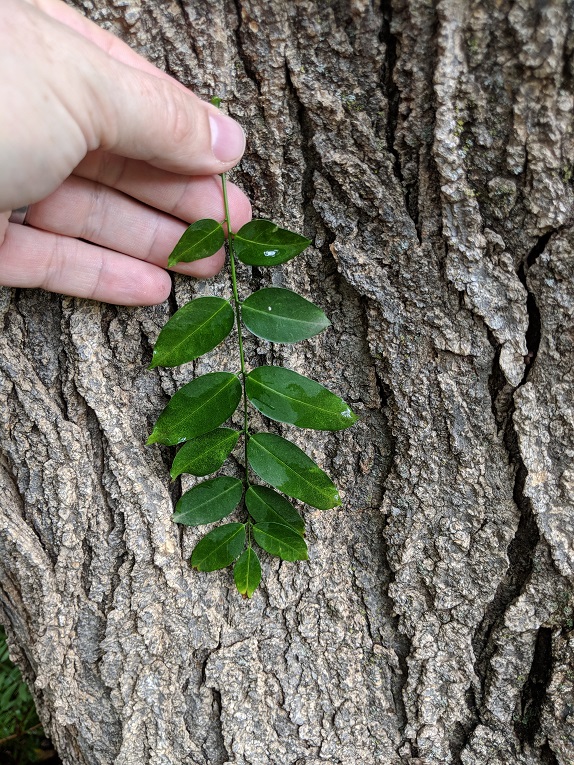
. When your Japanese pagoda begins to blooms you will want to use a fertilizer with an NPK formulation with high phosphorous as your fertilizer of choice. Japanese pagoda trees grow at a moderate rate and should be topped in time to promote branching during seedling growth. Leaves are dark green and divided into several leaflets.
Japanese Pagoda Tree leaf The image attribution. Best used for High Blood Pressure. 50-75 Feet Mature Spread.
However many liabilities curtail the planting of this unusual tree in urban landscapes. The Song of a Snowy Tree Cricket. In this type of location with compacted soil the tree rarely rises above 40 feet 12 m tall.
60b Thornless go to 62. The Pagoda trees leaves are pinnately compound 6-10 inches long composed of 7 to 17 ovate leaflets. Sophora japonica is known as a large rounded shade tree that doubles as an ornamental tree profusely flowering in August or early September with creamy-yellow large inflorescences.
Japanese Pagodatree is a tree. The Japanese pagoda tree is known for its fragrant flowers and attractive foliage. March 11 2016.
Compound alternate 6 to 10 long HabitatEcology. Oddly pinnate 7-17 leaflets each 1-2 inches long pointed tip smooth margin. The leaves of the Japanese pagoda tree are especially attractive.
Japanese Pagoda Tree is upright-spreading with a broadly rounded crown at maturity. During the growing season of Japanese Pagoda trees sprinkled a little granulated manure around the pot soil and then watered it. Transplant in spring or fall somewhat weak wooded.
Sheng Huai Jiao Japanese Pagodatree Immature Fruit. A medium-sized tree to 65 feet in height usually broad rounded crownNative of China and Korea introduced to Japan and often planted around Buddhist temples for its showy flowers. 75 diameter 75 height Leaves.
Stems slender green glabrous with gray lenticels and solid greenish pith. USDA Cold Hardiness Zone. The Japanese pagoda tree is originally from China.
Leaves are compound with 7-17 pinnate bright green leaflets. This even in its old. Rapid growth profuse flowering and resistant to leaf-chewers.
59a Entire or very finely serrate leaflet margins go to 60. Flowers resemble typical pea flowers and grow in showy creamy white clusters with a lovely fragrance. The Japanese pagoda tree grows 1223 metres about 4075 feet tall and features alternate compound leaves with 7 to 17 leaflets.
Buy Japanese Pagoda Tree online. Published on August 5 2020. The summer blooming is not a stunner at all its kind of hidden by all the leaves.
Each has 7 to 17 deep green oval leaflets that are a mat gray color underneath. In Japan Europe and North America it has been introduced as a flowering tree. Huai Jiao Japanese Pagodatree Fruit is cold in nature.
Huai Hua Mi Japanese Pagodatree Pods. Pagoda tree Styphnolobium japonicum is a plant found in China Japan and Korea. Bark is light gray brown and.
Japanese Pagodatree is a mid- to late Summer-flowering shade tree. Styphnolobium japonicum previously Sophora japonica popularly known as the Japanese pagoda tree Chinese scholar tree or pagoda tree is a species of plant in the subfamily Faboideae in the Fabaceae Leguminosae Pea family. Glossy bright green above and glaucous underneath.
The leaf upside is shiny the underside is. 1b Alternate leaf arrangement go to 18. Remember that no blooms will be created for at least 10 years so giving the tree fertilizer in those first 10 years is wasting nutrients.
The Japanese pagoda tree has few known pests but one is the potato leafhopper which kills young stems causing profuse branching or witches broom on small branches. The Japanese pagoda tree is a deciduous tree. The tree is also used as a street tree since it tolerates urban pollution.
While its seeds are toxic the Pagoda Trees leaves and flowers are used in over a dozen homeopathic compounds and are one of the 50 fundamental herbs of traditional Chinese medicine. Leaves are compound 6 to 10 inches long and have 7 to 17 leaflets. Pin On Cicekler Flowers Cicekler SOPHORA - includes Japanese pagoda tree SUMAC - not all sumacs are bad.
63a Pinnately compound Japanese Pagoda Tree. Its dark brown timber is strong and springy and is used. In summer clusters of sweet-pea shaped blossoms are produced followed by seedpods.
Japonicum japonica Hardiness Zones 4 to 8 Growth habit. Leaves can reach 8 inches long 20cm and are composite leaves. Japanese Pagodatree Fruit.
It grows in a tropical climate. Native to Asia the pagoda tree mostly stands out thanks to its large airy leafage. The leaves of Pagoda tree are up to 25 cm long and odd-pinnate with 7-17 oval leaflets.
A clusters of creamy white-green fragrant flowers. Leaflets 1-2 long and ½ as wide. It grows up to 20 M.
The pagoda has varied forms that also include bell-shaped and pyramidal styles. Pagoda tree contains chemicals similar to. 58b More than 3 leaflets go to 59.
18b Leaf compound go to 58. The yellowish white flowers about 1 cm 04 inch in length grow in loose showy clusters 3035 cm 1214 inches long. The Pagoda tree is highly valued because it blooms very profusely in late summer.
A delightful shade tree it doubles as an ornamental in the garden. Leaf and Stem Characteristics. Leaves deciduous alternate pinnately compound with ovate leaflets with pointed tips.
A deciduous tree the Japanese Pagodas leaves briefly turn yellow before dropping late in the fall. A body made up of so many arms Dancing their way to the skies Their fingers growing The purest freshest flowers Heavenward. A 10-30-10 is an excellent mix for flowering trees.
The fruit is a narrow inedible pod. Leaves are bright to medium green in summer. Japanese Pagodatree Flower.
Japanese Pagoda Tree Scholar-tree. The Japanese Pagoda tree grows to about 12 to 23 meters in length. Safe wood - right column ACACIA - Silk Tree would be in this group APPLE - Insecticide residue.
From Cute to Carnivorous. 62b Leaflets obviously pointed at tips go to 63. The leaves of the Japanese pagoda tree are especially attractive.
It sheds its leaves Revealing. The growth of Japanese Pagoda trees requires adequate nutrients. Japanese Pagoda Tree Chinese Scholar Tree SCIENTIFIC NAME.
The flowers buds and fruit are used in traditional medicine. The Japanese pagoda tree is often grown as a shade tree in lawns or on patios however flowers and. 4-7 Mature Height.
Optimum conditions for growth. The leaves of Pagoda tree are up to 25 cm long and odd-pinnate with 7-17 oval leaflets.

Minden Pictures Japanese Pagoda Tree Sophora Japonica Leaf Martin Withers Flpa

Styphnolobium Japonicum Landscape Plants Oregon State University
Monticello Park Plants Japanese Pagoda Tree

Sophora Styphnolobium Japonica Japanese Pagodatree Scholar Tree Plant Database University Of Connecticut
Pagoda Tree Styphnolobium Japonicum
Pagoda Tree Styphnolobium Japonicum
:max_bytes(150000):strip_icc()/japanese-pagoda-tree-care-5186863-04-eea66be4d0454af08c590e51a6e51aca.jpg)
Japanese Pagoda Tree Care And Growing Guide
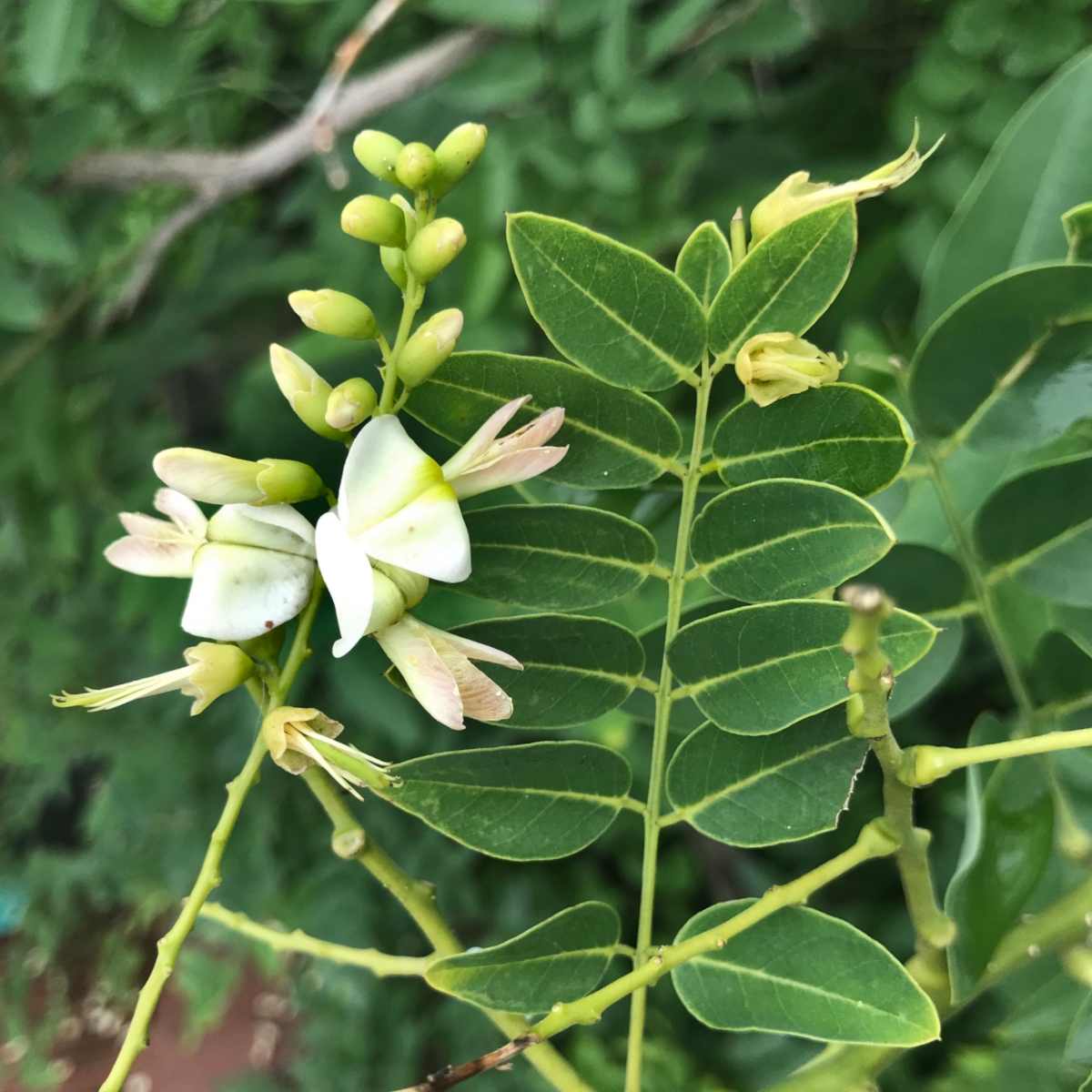
Japanese Pagoda Tree An Elegant And Airy Slow Growing Giant For Parks
Pagoda Tree Styphnolobium Japonicum

Japanese Pagoda Tree Or Chinese Scholar Styphnolobium Japonicum Leaves Park Tree Stock Photo Picture And Rights Managed Image Pic Ibr 3659913 Agefotostock
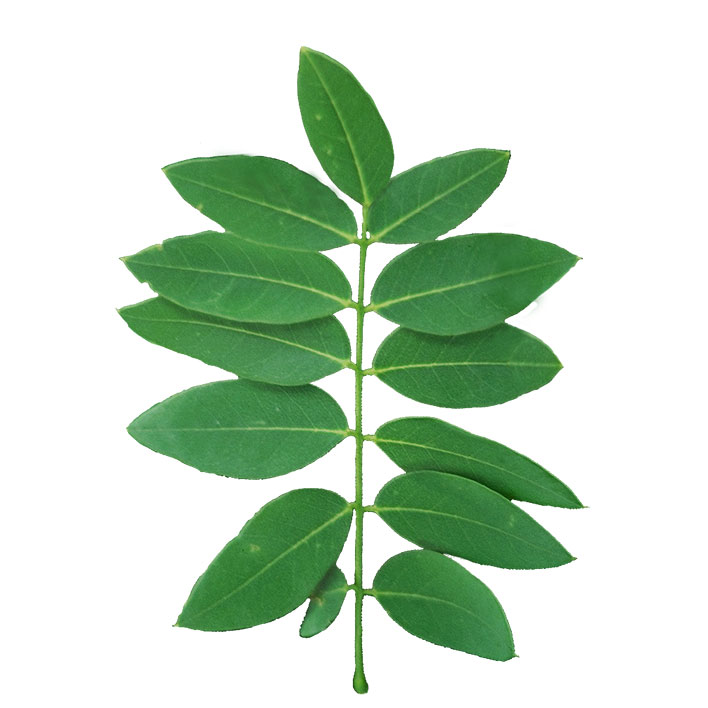
Japanese Pagoda Tree Street Trees In Nyc
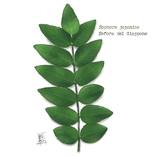
Foglia Di Sofora Giapponese Sophora Japonica Japanese Pagoda Tree Painting By Monica Bonvicini Saatchi Art

Japanese Pagoda Tree Scholar Tree Yale Nature Walk

Basic Tree Tree Identification Regional And Community Forestry School Of Natural Resources Unviersity Of Nebraska Lincoln
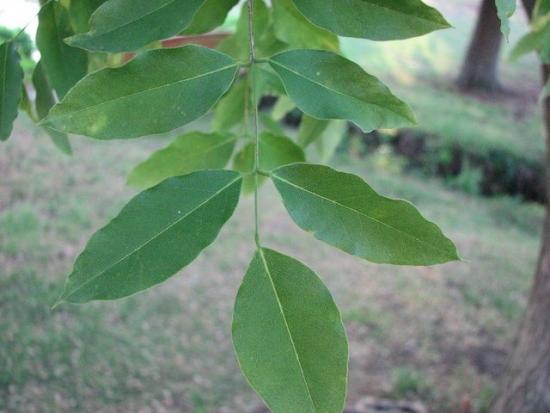
Japanese Pagoda Tree Scholar Tree Yale Nature Walk

Virginia Tech Dendrology Fact Sheet
Pagoda Tree Styphnolobium Japonicum
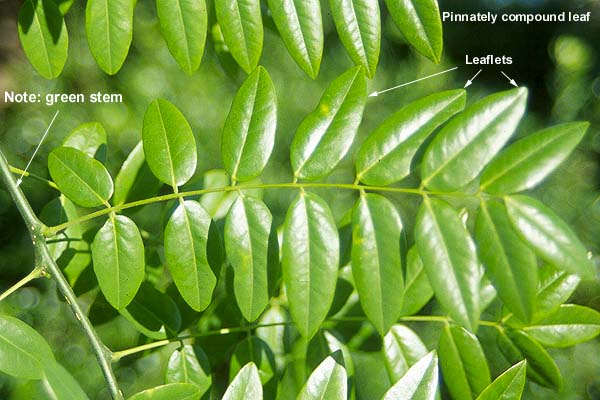
Styphnolobium Japonicum Landscape Plants Oregon State University
